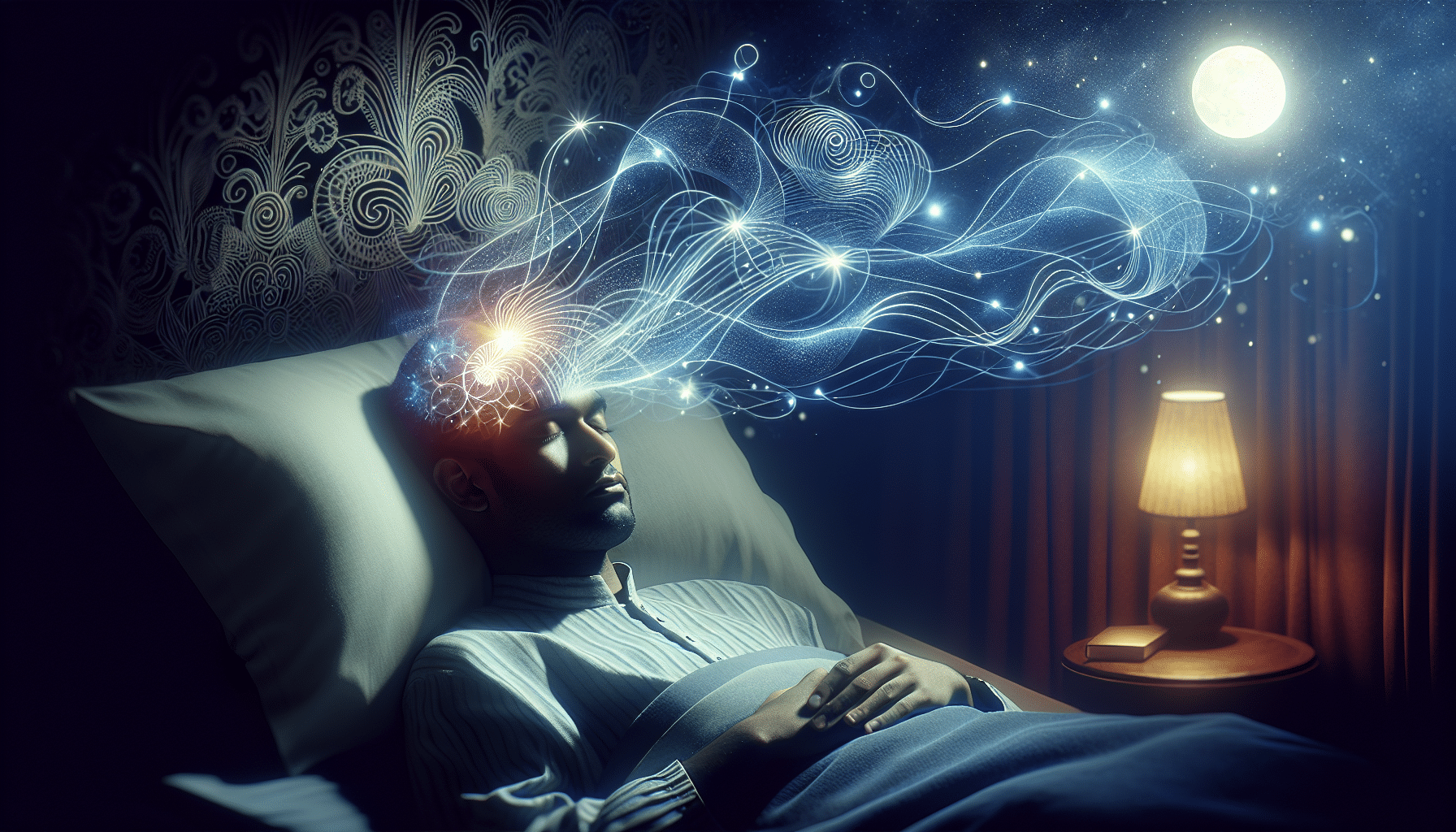Understanding Insomnia and Memory Formation
The Role of the Pupil in Memory Consolidation During Sleep
Recent research from Cornell University has shed light on the intricate relationship between sleep, memory formation, and the role of the pupil. The pupil, often overlooked in the context of sleep studies, has been identified as a key player in the process of memory consolidation. During sleep, particularly in non-REM stages, the pupil undergoes specific contractions that are crucial for the replay and consolidation of new memories. This discovery highlights the pupil’s involvement in distinguishing between new and old memories, ensuring that the brain efficiently processes and stores information without interference.
Insights from Cornell University Research on Memory and Sleep
The groundbreaking research conducted by Cornell University, led by assistant professors Azahara Oliva and Antonio Fernandez-Ruiz, utilized advanced techniques involving brain electrodes and eye-tracking cameras on mice. This study revealed that memory consolidation occurs during specific substages of non-REM sleep, characterized by pupil contraction. The research demonstrated that when the pupil is contracted, new memories are replayed and consolidated, while older memories are revisited when the pupil is dilated. This micro-structure of sleep stages prevents “catastrophic forgetting,” where the consolidation of new memories could potentially erase older ones. The findings suggest that the brain employs a sophisticated mechanism to manage memory storage, separating new learning from existing knowledge.
Insomnia and Non-REM Sleep: Key to Memory Consolidation
The Significance of Pupil Contraction in Non-REM Sleep Stages
Non-REM sleep plays a pivotal role in memory consolidation, with pupil contraction serving as a significant indicator of this process. During these sleep stages, the pupil’s contraction signals the brain’s engagement in the consolidation of recently acquired memories. This phase is characterized by brief, yet critical, periods where the brain reactivates and strengthens new memories, ensuring they are integrated into long-term storage. The pupil’s dynamics during non-REM sleep provide valuable insights into the brain’s ability to manage and organize memory replay, highlighting the importance of these sleep stages in maintaining cognitive function.
How Non-REM Sleep Prevents “Catastrophic Forgetting” of Memories
The concept of “catastrophic forgetting” refers to the potential loss of previously stored memories when new information is consolidated. Non-REM sleep, with its distinct pupil contraction phases, plays a crucial role in preventing this phenomenon. By alternating between the consolidation of new and old memories, the brain effectively separates and preserves information, ensuring that new learning does not interfere with existing knowledge. This intricate process underscores the importance of non-REM sleep in maintaining a balanced and efficient memory system, providing a foundation for further research into sleep disorders like insomnia and their impact on memory retention.
Insomnia Research: Techniques and Tools
Use of Brain Electrodes and Eye-Tracking Cameras in Mice Studies
Cornell University’s innovative approach to understanding memory consolidation involves the use of brain electrodes and eye-tracking cameras on mice. These tools allow researchers to delve into the neural activities and physiological changes that occur during sleep. By equipping mice with these devices, scientists can monitor the precise moments when memory replay and consolidation take place. The brain electrodes capture the neural signals associated with memory processing, while the eye-tracking cameras provide real-time data on pupil dynamics. This combination of technologies offers a comprehensive view of how memories are sorted and preserved during sleep, paving the way for new insights into the mechanisms underlying memory formation.
Observations on Pupil Dynamics and Memory Replay During Sleep
The observations gathered from these studies have revealed fascinating insights into the role of pupil dynamics in memory replay. During non-REM sleep, the pupil’s contraction and dilation correspond to the replay of new and old memories, respectively. This dynamic process ensures that new information is integrated without disrupting existing knowledge. The ability to track these subtle changes in pupil size provides a window into the brain’s intricate memory management system. These findings underscore the importance of understanding the physiological markers of memory consolidation, offering potential avenues for addressing sleep-related memory issues, such as those experienced by individuals with insomnia.
Implications of Insomnia Research on Memory and Technology
Potential for Enhancing Human Memory Through Sleep Studies
The insights gained from insomnia research hold significant promise for enhancing human memory. By understanding the mechanisms of memory consolidation during sleep, researchers can develop strategies to improve memory retention and recall. This could lead to interventions that optimize sleep patterns, ensuring that individuals experience the full benefits of memory consolidation. Additionally, these findings may inform the development of therapies for sleep disorders, helping individuals achieve restorative sleep and maintain cognitive health. For those interested in exploring more about insomnia and its impact on memory, our Insomnia Blog offers a wealth of information and resources.
Applications in Training Artificial Neural Networks for Efficiency
Beyond human memory enhancement, the principles uncovered in these studies have intriguing applications in the field of artificial intelligence. The brain’s ability to efficiently manage memory replay and consolidation can inspire new algorithms for training artificial neural networks. By mimicking the brain’s approach to separating and preserving information, AI systems can become more efficient and effective in learning and problem-solving. This cross-disciplinary application of sleep research highlights the potential for biological insights to drive technological advancements, ultimately benefiting both human cognition and machine learning. For those looking to unwind and enhance their sleep quality, our Sleep Sound Playlists offer soothing sounds to help you drift into a restful slumber.
Sources:https://www.sciencedaily.com/releases/2025/01/250101132020.htm



